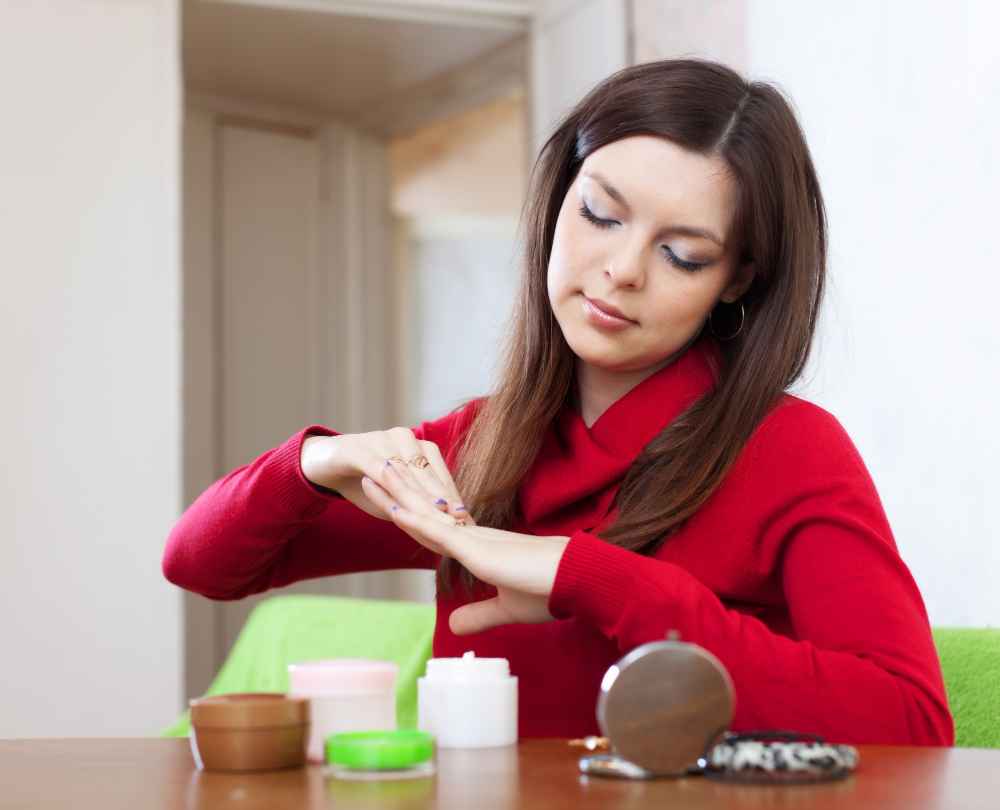Psoriasis is more than just a skin condition. If you’ve ever dealt with red, scaly patches that just don’t go away, or if your nails have started changing for no clear reason, you’re not alone. Understanding the different symptoms of psoriasis can help you take action sooner and avoid unnecessary discomfort. Whether it’s visible signs on your skin or subtle clues in your nails, every symptom matters.
In this blog, we’ll break down what psoriasis looks like, feels like, and even how it can affect parts of your body you didn’t expect. We’ll also touch on clinical trials for psoriasis and why understanding your symptoms early can make a difference.
What Exactly Is Psoriasis?
Psoriasis is a chronic condition that speeds up the life cycle of skin cells. As a result, skin builds up too quickly, forming thick, dry, and sometimes itchy patches. It’s an immune-related issue where the body mistakenly attacks healthy skin cells, causing inflammation.
This condition isn’t contagious, but it can run in families. It affects people differently. Some might see just a few dry patches; others could have flare-ups across large areas. Because the immune system is involved, the symptoms aren’t limited to the skin. They can go deeper.
Spotting Psoriasis on the Skin: What Should You Look For?
Skin changes are usually the first sign people notice. These changes don’t always look the same for everyone. But there are some common patterns you can watch out for.
- Red patches covered with silvery-white scales
- Dry, cracked skin that may bleed
- Itching or a burning feeling, especially during a flare-up
- Thick or raised plaques, often found on elbows, knees, lower back, and scalp
Moreover, you might wonder, “Isn’t this just dry skin?” Well, here’s the thing: dry skin doesn’t usually come with the thick buildup or the itching that psoriasis causes. And while moisturizers might help dry skin, they often do very little for psoriasis.
Additionally, psoriasis flare-ups tend to appear in cycles; sometimes it’s quiet, other times it flares up aggressively. Recognizing that pattern can help you track triggers and talk to your doctor more clearly.
How Does Psoriasis Affect the Nails?
Nail psoriasis is often overlooked, yet it can be one of the earliest signs of the condition. It doesn’t look the same as skin psoriasis, which is why many people think they just have brittle or damaged nails.
Here are a few key nail changes you might notice:
- Small dents or pits in the nail surface
- White, yellow, or brown discoloration
- Nails separating from the nail bed (called onycholysis)
- Thickened or crumbling nails
Furthermore, nail symptoms may appear even when you don’t have obvious skin flare-ups. This often leads to confusion. Some even think it’s a fungal infection at first. However, treatments for fungal infections don’t work for nail psoriasis.
If you’re seeing any of these changes in your nails, especially alongside skin symptoms, it’s worth bringing it up with your doctor.
Beyond the Surface: Lesser-Known Symptoms You Shouldn’t Ignore
Psoriasis doesn’t stop at the skin and nails. It can affect your entire body. Some people with psoriasis develop related conditions that go deeper.
For example, joint pain is one of the more serious symptoms that people often ignore. This could be a sign of psoriatic arthritis, which causes swelling, stiffness, and pain in your joints.
Additionally, many people with psoriasis report extreme fatigue. This isn’t just being tired, it’s deep exhaustion that doesn’t improve with rest. You might wonder how a skin condition could make you so tired. The answer is inflammation. When your immune system is constantly active, it takes a toll on your body.
Another major issue is the mental and emotional side. Living with visible symptoms can lead to stress, anxiety, and even depression. Moreover, the unpredictability of flare-ups often makes people feel out of control. These emotional effects are just as real, and just as important to treat.
Triggers That Can Make Symptoms Worse
Understanding what makes your psoriasis flare up can help you manage it better. While triggers vary from person to person, some are more common than others.
- Stress: One of the most well-known triggers. Emotional stress can lead to a breakout.
- Infections: Even a simple sore throat or cold can trigger a reaction.
- Cold weather: Dry, cold air tends to make skin symptoms worse.
- Certain medications: Some high blood pressure or mental health drugs may contribute.
Additionally, everyday habits, like scratching your skin or using harsh soaps, can also worsen symptoms. Therefore, it’s important to treat your skin gently and be aware of changes in your environment or lifestyle.
If you notice a pattern, like flare-ups during stressful weeks or after starting a new medication, write it down. Sharing this with your doctor can help guide your treatment plan.
When to See a Doctor—and What to Expect
Sometimes it’s tempting to ignore symptoms or brush them off as something minor. However, getting a diagnosis early can make treatment more effective and reduce long-term problems.
So, when should you see a doctor?
- If your skin patches are spreading or getting worse
- If your nails are changing in shape, texture, or color
- If you feel joint pain along with skin symptoms
- If you’re emotionally struggling to manage the condition
Your doctor will usually look at your skin and nails, ask about your family history, and may order a biopsy to confirm the diagnosis. Treatments vary based on the type and severity of symptoms. You might hear about topicals, light therapy, or biologic medications.
Furthermore, the earlier you start treatment, the more control you’ll likely have over flare-ups. And no, you don’t need to wait until it’s “bad enough.” Even small changes matter.
Conclusion
Psoriasis doesn’t always show up the same way for everyone. Sometimes it appears clearly on the skin, with red, scaly patches. Other times, it hides in your nails or quietly affects your energy levels and joints. Knowing the range of symptoms helps you better understand your own body and when to seek help.
We covered how to identify psoriasis on the skin, the common nail symptoms, and lesser-known signs like joint pain and fatigue. We also looked at triggers that can worsen symptoms and when it’s time to see a doctor.
While symptoms like psoriasis affecting the eyelids are less common, they still deserve proper attention. Paying attention to these early signs can make managing the condition much easier.
- Understanding Psoriasis Symptoms: Skin, Nails, and Beyond
- Explore the full range of psoriasis symptoms—from red, scaly skin patches to nail changes and joint pain—and how they affect overall health.
- psoriasis
Related posts:
 Best Topical Finasteride & Minoxidil Spray for Hair Regrowth
Best Topical Finasteride & Minoxidil Spray for Hair Regrowth
 What Are the Key Considerations Before Getting Filler Injections?
What Are the Key Considerations Before Getting Filler Injections?
 Dr. Kami Hoss Gives Out the Truth About Brushing & Flossing-Protecting Your Teeth
Dr. Kami Hoss Gives Out the Truth About Brushing & Flossing-Protecting Your Teeth
 Can Atrial Fibrillation Be Cured? Latest Research & Insights
Can Atrial Fibrillation Be Cured? Latest Research & Insights
 Expert Lung Care in Jaipur: Why You Shouldn’t Ignore Breathing Issues
Expert Lung Care in Jaipur: Why You Shouldn’t Ignore Breathing Issues
 Control Fasting Blood Sugar with Confidence – Get Glycomet Online Today
Control Fasting Blood Sugar with Confidence – Get Glycomet Online Today
 Effective Weight Loss Clinic Killeen: Your Path to Lasting Results
Effective Weight Loss Clinic Killeen: Your Path to Lasting Results
 Recovery and Aftercare Tips for Gynecomastia Patients in Dubai
Recovery and Aftercare Tips for Gynecomastia Patients in Dubai







